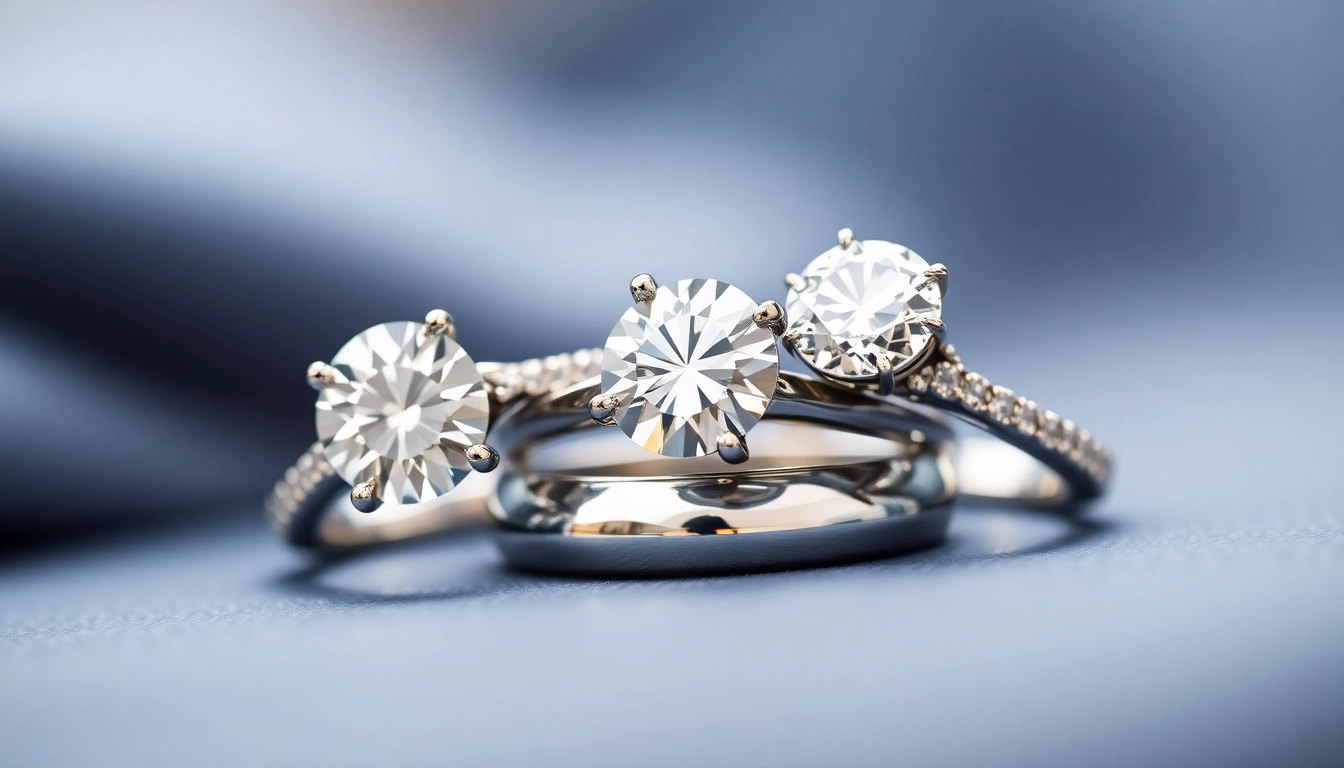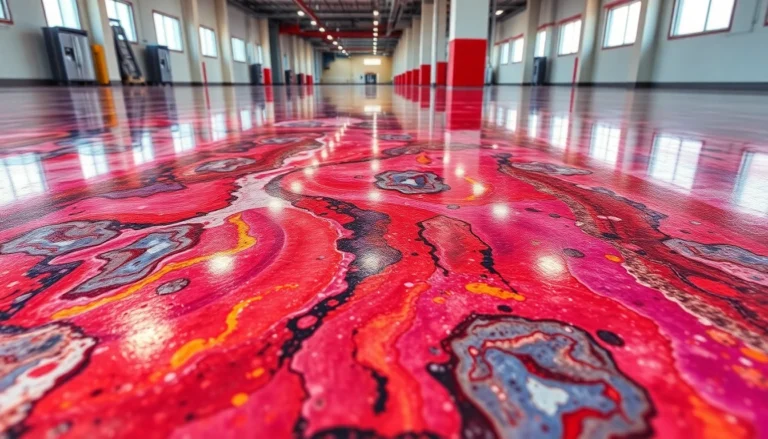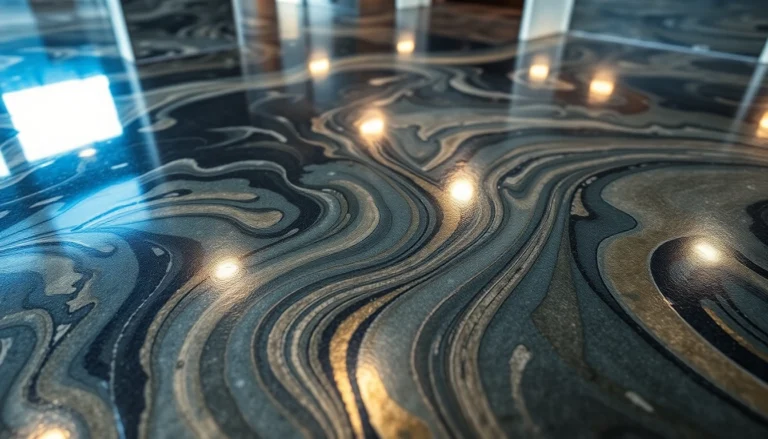Understanding Engagement Rings with Diamond: Style and Significance
In the realm of love and commitment, few symbols are as universally cherished as the engagement ring. Central to this emblem is the diamond, often regarded as the ultimate expression of everlasting love and fidelity. Engagement rings with diamonds have a rich history intertwined with symbolism, tradition, and evolving fashion trends, making them a staple in modern weddings and proposals worldwide. Whether you’re a first-time buyer or a seasoned connoisseur, understanding the nuances of diamond engagement rings is essential to selecting a piece that embodies your personal style and enduring values. For those seeking expert guidance, exploring options through trusted sources such as engagement rings with diamond can provide invaluable insights into craftsmanship, designs, and ethical sourcing.
History and symbolism of diamond engagement rings
The tradition of giving diamond engagement rings traces back centuries, with its roots often linked to cultural symbols of eternity and strength. The first documented association of diamonds with love and engagement dates to the 15th century, notably with the renowned Archduke Maximilian of Austria presenting Mary of Burgundy with a diamond ring in 1477. This act popularized the diamond as the preferred gemstone for engagement jewelry, symbolizing durability, brilliance, and invincibility.
Over time, societal perceptions have evolved, elevating diamond rings to a cultural standard of commitment and promise. The iconic De Beers advertising campaign in the 20th century, with the slogan “A Diamond is Forever,” cemented the idea that diamonds symbolize eternal love. Beyond its marketing, the diamond’s inherent qualities—hardness, rarity, and fire—make it an ideal emblem of everlasting commitment.
Popular designs and settings for engagement rings with diamond
Design preferences for engagement rings with diamonds vary across cultures, eras, and personal tastes, but certain styles have become timeless staples. Traditional solitaire settings showcase a single diamond, emphasizing brilliance and simplicity, ideal for those seeking elegance and focus on the stone’s quality. Halo settings cluster smaller diamonds around the central stone, enhancing size and sparkle, offering a modern yet romantic look.
Additionally, three-stone rings symbolize the past, present, and future, representing a couple’s shared journey. Vintage-inspired designs incorporate intricate filigree work, milgrain detailing, and antique touches that evoke glamour and nostalgia. Contemporary styles often favor minimalist bands with geometric or asymmetric accents, aligning with current fashion trends.
Settings vary in terms of prong types—such as four-prong, six-prong, or bezel—that secure the diamond while influencing light exposure and overall appearance. Choosing the right design involves balancing aesthetic preferences with practical considerations like durability and comfort.
Choosing the right metal and band style to complement your diamond
The metal band serves as the frame for your diamond and significantly impacts the ring’s overall style and longevity. Popular options include classic yellow gold, white gold, platinum, and rose gold. Each metal offers unique characteristics: platinum is highly durable and hypoallergenic, ideal for everyday wear; yellow gold provides a warm, timeless appeal; white gold and platinum enhance the diamond’s brilliance through their reflective properties.
Band styles range from slim, delicate bands to wider, statement-making bands. Modern designs often incorporate milgrain detailing or engraved accents, adding texture and personality. Choosing the right metal and band style depends on personal skin tone, lifestyle, and fashion preferences. For example, individuals with active lifestyles might prefer more robust metals like platinum, while those valuing vintage aesthetics may opt for yellow gold with ornate detailing.
How to Select the Perfect Engagement Ring with Diamond
Matching ring style with personality and lifestyle
Choosing the ideal engagement ring begins with understanding the recipient’s personality and daily habits. A classic solitaire with a simple band suits someone with a minimalist style or an active lifestyle, as it’s less prone to damage and easier to maintain. Conversely, someone with a bold fashion sense might appreciate statement designs with unique settings or colored accents. Consider their jewelry preferences—do they favor vintage, modern, or eclectic styles?
Additionally, lifestyle impacts durability needs. For example, if the wearer engages in physically demanding activities, a secure bezel setting and sturdy metals are advisable to prevent damage to the diamond or band. Tailoring your choice ensures the ring is both meaningful and practical, symbolizing commitment while fitting seamlessly into everyday life.
Assessing the quality and authenticity of diamonds
Authenticity and quality are vital when selecting a diamond to ensure long-term beauty and value. Certified diamonds from reputable laboratories like GIA (Gemological Institute of America) or AGS (American Gem Society) provide detailed reports on cut, clarity, color, and carat weight—the Four Cs. These standards help distinguish genuine, high-quality diamonds from imitations or lower-grade stones.
When evaluating a diamond, prioritize cut quality—an expertly cut diamond maximizes brilliance and fire. Clarity ensures the absence of visible inclusions, while color grade ranges from near-colorless to shades of yellow or brown, depending on preferences. Carat weight influences size and price but should be balanced with quality for optimal value.
Always buy from reputable jewelers who provide certification and transparent information, avoiding unverified sources that may sell synthetic or flawed stones.
Buying Guide: Top Factors for Engagement Rings with Diamond
Understanding diamond cut, clarity, color, and carat weight
The Four Cs define a diamond’s appearance and value. Cut refers to how well the diamond’s facets interact with light—an ideal cut produces maximum sparkle. Clarity assesses the presence of internal or external flaws, with higher clarity grades being rarer and more expensive. Color grading measures the absence of coloration, with the most white or colorless diamonds being rare and desirable. Carat weight determines size, but larger diamonds are often more costly, though quality should not be sacrificed for size.
Certification and selecting reputable jewelers
Certification guarantees the authenticity and quality of your diamond purchase. Look for reputable jewelers with accredited grading reports, transparent histories, and positive customer feedback. Online reviews, industry awards, and memberships in professional trade organizations further reinforce reliability. Visiting stores in person allows for firsthand inspection and consultation, or choose trusted online platforms with verified certification and buyer protection policies.
Customization options to create a unique engagement ring with diamond
Personalization elevates a standard ring into a cherished keepsake. Options include selecting a unique diamond shape—such as oval, cushion, or princess—customizing the setting and metal, adding engraving, or incorporating meaningful gemstones alongside the diamond. Custom design services enable collaboration with jewelers to craft a one-of-a-kind piece that represents your story and style, making the ring even more special.
Care and Maintenance of Engagement Rings with Diamond
Cleaning tips to keep your diamond ring sparkling
Routine cleaning preserves the ring’s brilliance. A gentle solution of warm water and mild dish soap, combined with soft brushing, removes oils and dirt. Ultrasonic cleaners offer an effective option but should be used cautiously for certain settings or flawed stones. Professional cleanings every 6-12 months by a jeweler help maintain optimal sparkle.
Proper storage and handling to prevent damage
Store your ring separately in a soft-lined jewelry box to prevent scratches. Avoid wearing the ring during activities that may cause impact or expose it to harsh chemicals, chlorine, or abrasive materials. Handle the ring by its band rather than the stone to minimize oils and dirt transfer.
Insurance and appraisals for your valuable investment
Given its significant monetary and sentimental value, insuring your engagement ring is crucial. Obtain a professional appraisal for accurate valuation and detailed documentation. Keep records of purchase receipts and certification. Insurance policies protect against loss, theft, or damage, ensuring peace of mind for your lifelong investment.
Latest Trends and Innovations in Engagement Rings with Diamond
Vintage vs modern design preferences
Vintage-inspired rings evoke nostalgia through intricate filigree and milgrain detailing, appealing to sentimental buyers. Modern designs favor clean lines, asymmetric settings, and minimalist bands, aligning with contemporary tastes. Combining elements from both styles creates a unique aesthetic that balances tradition and innovation.
Eco-friendly and ethically sourced diamond options
Ethical sourcing has surged in importance, with a growing emphasis on conflict-free and responsibly mined diamonds. Lab-grown diamonds offer an environmentally friendly alternative with identical physical and optical properties. Buyers increasingly prioritize transparency regarding origin, supporting sustainable practices and ethical labor standards.
Technological advancements in diamond settings and craftsmanship
Innovations such as computer-aided design (CAD), laser engraving, and advanced setting techniques enable more precise craftsmanship. These technologies facilitate personalized, durable, and aesthetically striking designs. Additionally, advancements in sustainable mining and synthetic production contribute to a more responsible jewelry industry, broadening options for consumers seeking ethical and innovative pieces.







